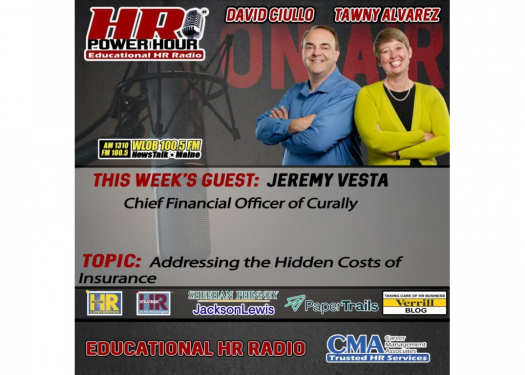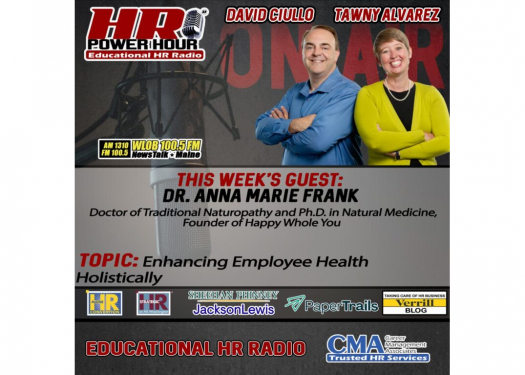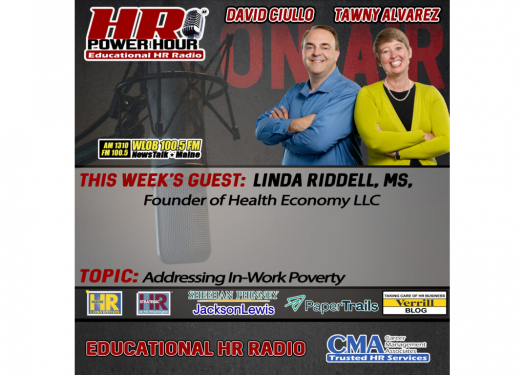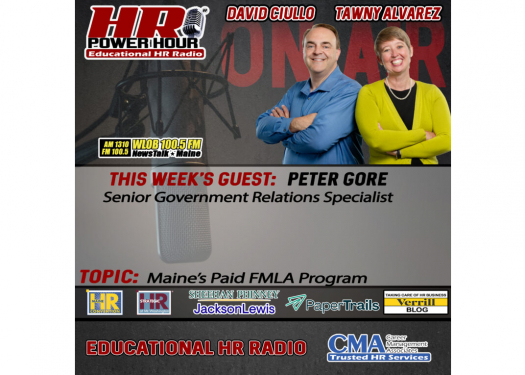News of Supreme Court Leak is a Good Reminder to Revisit Confidentiality Policies
If you have been on social media today (or yesterday) or picked up a newspaper or listened to the radio or watched television—really if you have consumed news in any format, you likely are aware that POLITICO obtained an initial draft majority opinion written by Samuel Alito in the currently pending matter captioned Dobbs v. Jackson Women’s Health Organization. How is this relevant to employment law? In lots of ways, but let’s discuss one in particular—confidentiality obligations.
People work for the Judicial Branch of our government. They are employees. They owe certain duties and obligations to their employer—in this case the United States Supreme Court. Someone, somewhere within the organization, appears to have breached their obligations to their employer (maybe), which has resulted in Chief Justice John Roberts announcing that an investigation will occur, led by the Supreme Court’s in-house police service. If a document was thrown into a trash bin and not shredded and picked up by a non-attorney, it’s currently unclear whether that person had legal obligation to keep the document confidential (instead the drafter is more likely to have had an obligation to secure the document).
While attorneys and law clerks who work for judges have specific ethical obligations related to confidentiality, the same basic principles do not apply to all professions or positions. In most situations an employer does not automatically have the right to expect employees keep confidential information confidential. While they may have a professional ethical obligation to do so (accountants, lawyers, medical providers, etc.) without an enforceable nondisclosure or confidentiality agreement, an employer’s legal remedies following a breach may be limited.
Companies who are seeking to protect confidential information should keep the following factors at top of mind:
- Definition of “Confidential Information” – What can be protected and what cannot? A logo, for example, is not likely something that is going to qualify as “Confidential” as it is publicly known and published to the general public.
- Form of Agreement – Having the document in writing can help to ensure that the parties are on the same page. A confidentiality clause can be contained in an employment agreement or be a stand-alone contract. A confidentiality policy in a handbook, however, is likely insufficient. Because, remember, a handbook in most cases is not an agreement.
- Breadth – Should the agreement only protect information created at the organization or also include third-party information (clients/customers) or subsidiary/parent company information?
- Exceptions to the Non-disclosure – Certain state and federal rules provide that an employer cannot restrict an employee’s ability to share confidential information. Be mindful of obligations which may be relevant to your industry and/or organization.
- Is it Really Secure – It’s hard to argue in litigation that damages were experienced when an employee shared confidential information if the employer is not taking steps to make sure that the information itself remains secure within the organization. Companies should make sure that electronic documents are password protected and that access is limited to those who have a need to use the documents. Companies should have rules/expectations regarding securing paper copies that may be available within offices or work spaces.
- Return/Destruction of Confidential Information – Make sure your policy lists expectations if employment ends as to whether such confidential information should be returned or destroyed. If employees are directed to destroy confidential information does this meet professional standards and/or the companies document retention policies?
To further discuss best practices related to Non-disclosure Agreements (a/k/a Confidentiality Agreements) and other ways to protect proprietary information, contact Tawny Alvarez or another member of Verrill’s Employment and Practice Group.



















